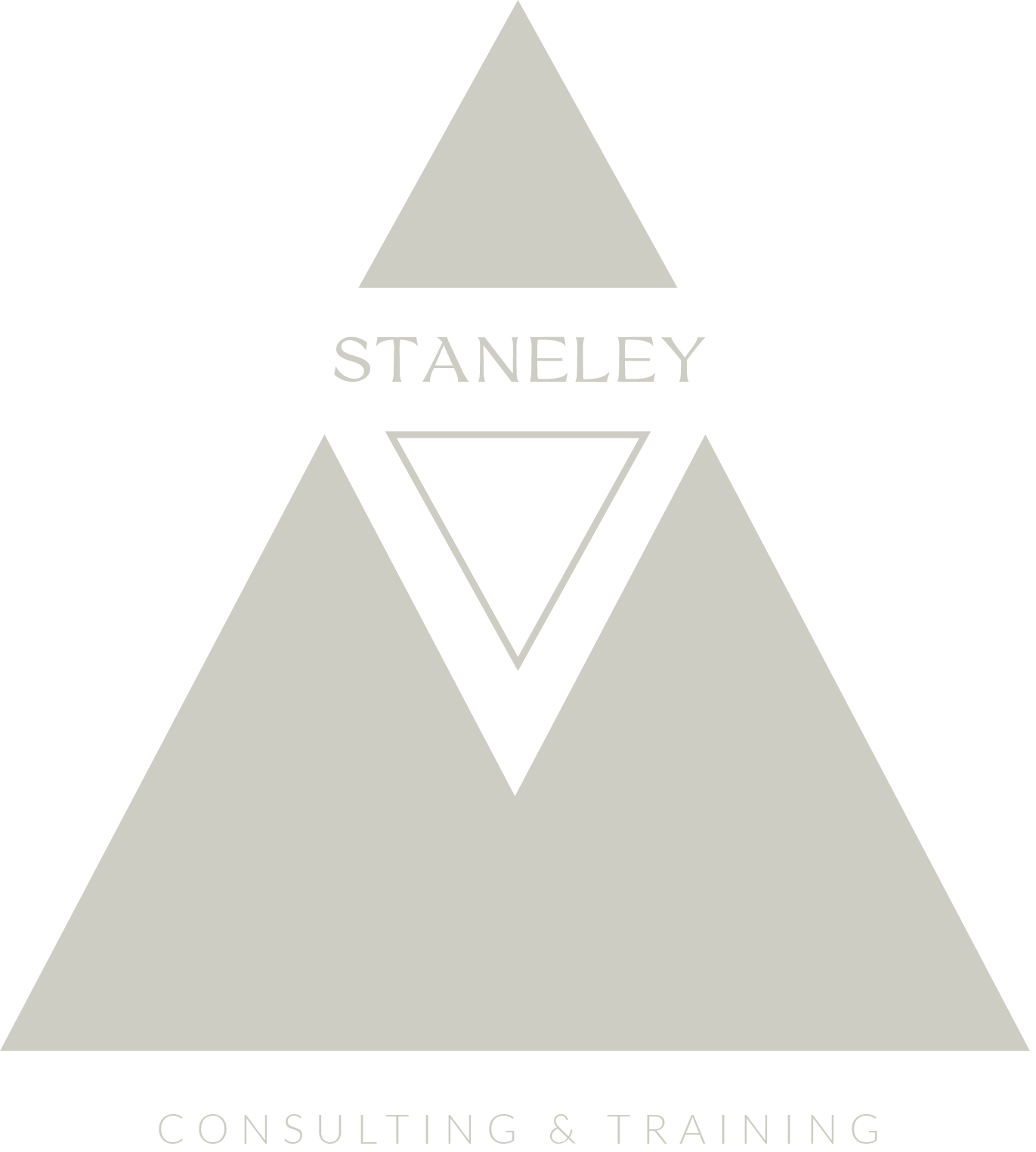“Navigate Change, Inspire Teams, and Build a Sustainable Legacy”

By emphasizing four distinct personality traits, the DISC model can be woven into many facets of everyday life to enrich Communication, guide Decision-making, and foster individual Development. The DISC model, rooted in understanding the intricate dynamics of human behavior, provides valuable insights into the four main personality dimensions: Dominance, Influence, Steadiness, and Conscientiousness. Here’s how its daily usefulness plays out:
- Enhanced Communication: By understanding your DISC profile and those of others, you can tailor your communication style.
– Understanding Personal Style: Recognising your own primary trait can help you grasp why you communicate the way you do. For instance, someone with a predominant ‘D’ might naturally be more assertive and to-the-point.
– Tailoring to Others: Recognizing the DISC profiles of those around you allows for adaptive communication. While ‘I’ individuals might resonate more with energetic and engaging discussions, ‘C’ individuals might appreciate fact-based, logical conversations.
Adapting your communication based on this can lead to more productive and positive interactions.
- Conflict Management: Daily disagreements or misunderstandings, whether at work or home, can be navigated more smoothly by understanding the underlying traits of the individuals involved.
– Recognising Root Causes: Conflicts often arise from mismatched communication styles or values. Understanding that a ‘D’ individual might prioritize results over relationships, while an ‘S’ person values harmony, can highlight the core of disagreements.
– Strategies for Resolution: By leveraging the DISC framework, solutions can be crafted that cater to the needs and preferences of all parties involved. For example, giving a ‘C’ person time to analyze information before making a decision can prevent rushed judgments and subsequent conflicts.
- Decision Making: If you’re aware of your style and you have to decide along with your team or partner then you may cautious knowing how each member would process and accordingly your would decide.
– Self-awareness: An ‘I’ individual, who tends to be impulsive and enthusiastic, can benefit from occasionally slowing down and evaluating choices more critically. Conversely, a ‘C’ person, who is detail-oriented, might sometimes benefit from taking a broader view and not getting lost in minute details.
– Group Dynamics: In team settings, leveraging the strengths of each DISC type can optimize decision-making processes. For instance, ‘D’ individuals can drive the team towards prompt decisions, while ‘S’ members can ensure that everyone’s perspective is considered.
- Stress Management: Recognising what might stress different profiles can aid in daily stress management. Recognising these tendencies can help in seeking balance.
– Identifying Stressors: Each DISC type has unique stressors. While rapid, frequent changes might unsettle an ‘S’ person, a lack of autonomy might stress a ‘D’ individual. Recognizing these can aid in proactive stress management.
– Crafting Coping Strategies: Custom-tailored strategies can be devised based on one’s DISC profile. An ‘I’ individual might de-stress through social interactions, while a ‘C’ person might find solace in structured, solitary activities.
- Task Prioritisation: Understanding your DISC profile can assist in structuring your daily tasks. A ‘C’ person might start with detailed tasks, while a ‘D’ individual might tackle challenging tasks head-on.
For teams or projects, understanding the DISC profiles of all members can optimize task allocation. By assigning tasks that align with each member’s natural inclinations, teams can operate more efficiently, ensure tasks are handled by those best suited for them, and maintain high levels of motivation and satisfaction.
Integrating the DISC framework into task prioritization can lead to more effective workflows, leveraging the strengths of each personality type to ensure both immediate and long-term objectives are met.
- Building Relationships: In daily interactions, understanding the DISC traits of friends, family, or colleagues can enhance rapport.
– Deepened Empathy: Understanding the core values and preferences of each DISC type can foster deeper empathy. Recognizing the intrinsic need for stability in ‘S’ individuals or the drive for results in ‘D’ types can enhance mutual respect and understanding.
– Strengthened Bonds: By catering to the needs and values of different DISC profiles, relationships can be strengthened. This can mean giving an ‘I’ friend space to express themselves or ensuring a ‘C’ colleague has all the data they need.
- Feedback and Growth: If you’re a manager or in a leadership role, understanding the DISC profiles of your team members can help in giving feedback. A ‘D’ individual might appreciate direct feedback, while an ‘S’ person might need it to be delivered more gently.
In essence, the DISC model offers a structured approach to feedback and growth. By understanding one’s own profile and those of others, feedback becomes a more nuanced, constructive tool, paving the way for targeted personal and professional development.
- Self-reflection and Growth: On a personal level, being aware of your dominant DISC traits can prompt daily self-reflection, helping you understand your reactions, feelings, and behaviors in various situations.
– Personal Insights: Regularly reflecting on one’s actions and reactions through the DISC lens can provide valuable insights into personal growth areas. It can highlight strengths to be leveraged and areas needing development.
– Setting Growth Paths: With a clear understanding of one’s DISC profile, targeted growth paths can be set. For instance, an ‘S’ individual might work on being more adaptable, while a ‘D’ person might focus on enhancing their empathy.
In Conclusion by embedding the DISC model into daily routines and interactions, individuals can navigate the complexities of human behavior with increased clarity, empathy, and effectiveness. In essence, integrating the DISC model into daily life offers a lens through which we can better understand ourselves and others, leading to more effective interactions and personal growth.
So,
Are you an HR or Learning & Development Head, CEO, Team Leader?
Are you looking for Leadership Development, Team Bonding, DISC Assessment & Workshop or Personal Growth Trainings?
Connect with us Now!!!
Staneley Consulting & Training
www.staneley.com
WhatsApp: 8879381993 / 8806411993/9766465193
Email: staneleyconsulting@gmail.com
